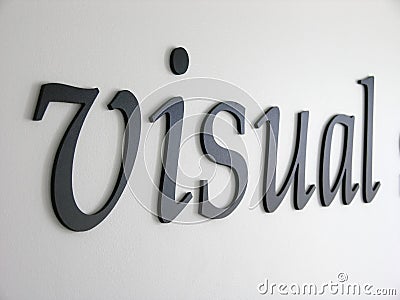
http://thumbs.dreamstime.com/x/visual-34775.jpg
I looked at visual arguments from Megan, Summer, Maury, and Dan, and Charlie. I felt Megan’s visual was making a statement about visually presenting and performing as a certain type of scholar. I loved the comic book style layout of the visuals. Summer’s visual made me a bit sad. I got the idea that her visual was about mortality and “human-ness”. The Vitruvian_Man in the middle, acting as the centerpiece and reminder of how far we come. We know much more about anatomy and physiology, but we all share the same fate. Maury’s image was depicting another perspective of femininity to challenge the typical Disney Princess femininity that we usually see. Dan’s visual was a bit of a challenge. I saw it is as a commentary on the futility of mazes and also how lonely it can be to journey alone. Charlie’s argument was about mind over matter. We have the mental ability to overcome our physical limitations (in regards to exercise and working out).
Charlie, Jenny, Ashley, Maury, Laurie, Megan Mck, and Donovan all commented on my visual. They were all spot on in regards to determining my argument. Overall, I was trying to highlight that AA History is neglected and that AA History Month is necessary. The commenters noted things that I do not think I consciously considered when creating my argument. Maury and Megan Mck both emphasized that I was presenting a story or narrative. I did not realize that I had done that. When I took the screenshots of the video, I was concerned that my audience wouldn’t understand the context if I just showed the lonely AA History column. I added the shot of all the categories to emphasize that we live in a country where people are more comfortable with tackling “Kiwi Fauna” than AA History. It is a neglected and necessary area of study. I added the last visual of the contestants to emphasize that their race and their status (college students). I think Donovan’s interpretation also addressed something I overlooked. I did not consider, as Donovan stated, “the white college students are reluctant to discuss African-American history since this history is still relevant in regard to contemporary oppression, prejudices, and bigotries.” I did not consider multiple arguments when constructing the visual. This made me concerned that I left too much room for interpretation and misunderstanding.
Visual arguments are possible, but all visuals are not arguments. Along the same lines as Blair, I think some visuals make statements or work to persuade, but they are not arguments. What I mean by that is that the visuals do not have “a linguistically explicable claim and one or more linguistically explicable reasons” (qtd in Blair, 345). I do not think that the interpretation of what constitutes an argument is strict because there is a clear distinction between persuasion and argument. Arguments have structural rules, such as premises, claims, reasons, and evidence. I think the fact that these structures can be purposefully misused speaks to their effectiveness and necessity. Visual arguments are definitely possible, but in a space where the verbal and textual are privileged, I think we are too quick to say that visuals are presenting arguments.
Blair, J.A. (2004). The possibility and actuality of visual arguments. Visual Rhetoric in a Digital World: A Critical Sourcebook. Carolyn Handa, Ed. Boston: Bedford/St. Martins.
Leave a Reply